Meet an Educator is a monthly series by Early Bird, where we feature the work of educators across India who are actively spreading the joy of birds and nature. This month’s featured educator is Maxim Rodrigues, founder of ‘Kasaragod Birders’, a community of birdwatchers and nature lovers.
Do tell us about yourself, where you are from, and your work.
I am Maxim Rodrigues K, a native of Kasaragod in northern Kerala. I come from a diverse educational background. I studied geography for my bachelor’s degree and then marine geology for my master’s after taking two years of humanities in my 12th grade year. In 2016, I founded a group called the ‘Kasaragod Birders’, a community of bird watchers and nature lovers. In Kasaragod, we concentrate on working more on bird-related projects related to citizen science, wildlife education, biodiversity monitoring, and working with kids and community.
Besides this I have professionally engaged with the Nature Conservation Foundation (NCF), Salim Ali Centre for Ornithology and Natural History (SACON) & Wildlife Institute of India (WII). In addition, I also served as the project coordinator for the ‘Kasaragod Bird Atlas’. Currently I’m an Executive-On-Ground Projects at The Habitats Trust.
Are you a birder? What about bird watching excites you?
Yes, I am. I have seen many birds as a child, but I never knew what they were. I started trying to answer that interest when I was about 18 years old. During the initial stages of bird watching kites and eagles were the same species to me unless I began noticing the differences.
While participating in many forest bird surveys I realized I could not see the birds high up in the canopy, but could hear them so what was a better way to identify them? That’s when I learned about identifying birds by their calls. Bird calls really captured my attention; I frequently set myself the goal of recognising birds by their calls after that. It’s a wonderful practice to close your eyes in the middle of any place and try to listen to the bird calls, and identify the species.
While engaging in this activity and looking at various distributions of species, the fact that there are variations in the bird communities that are seen in Western Ghats compared to the ones in the Himalayas or Deserts made me very curious to learn why. My curiosity then led me to reach out to different people in different regions to know about the birds seen in their region and that took me to different places around the country.
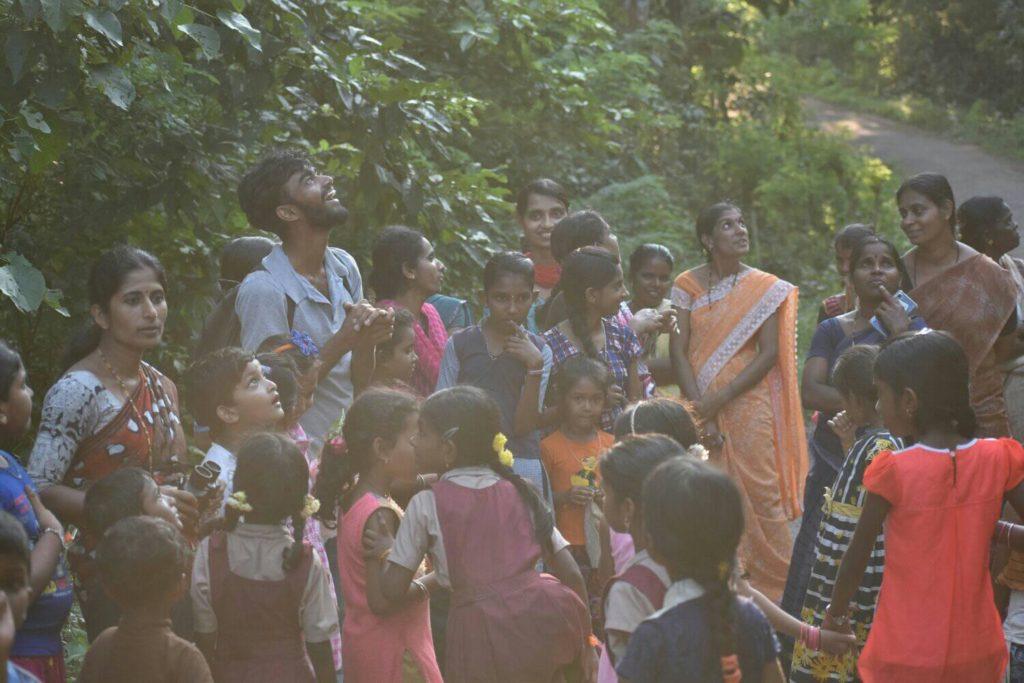
When and how did you get interested in bird/nature education?
My childhood memories of wildlife are all around snakes. Every time I saw one I would stop by to observe it. It was in 2015 that I had a chance to meet some bird watchers who were birding in Kannur and learn about birds. By that time, I had the chance to interact with more birders and learn how to identify common birds and upload such identifications to an app called ‘eBird’.
Visualizing the data I was uploading from my town on eBird, I started observing birds in my town with great enthusiasm. As a newbie to the world of the birds I was very excited to learn about the novel birds in Kasargod.
After a few weeks, I started to experience a kind of motivation that prompted me to consider the need for more people to experience what I was experiencing in order to ultimately ensure the appreciation of species and habitat and in future help in conserving them. I had a stronger faith in children, so I connected with a school to impart what little I had learnt. It was a success, but I’ve never been someone who could lecture youngsters. This inspired me to increase my confidence, willpower, and beliefs so that I could attend more schools and gradually change to the point where I was also welcomed to numerous schools.
What do you hope to achieve through your education work?
My ultimate aim is to develop a community that is aware of its rich biodiversity. I also aim to give confidence to children to communicate with each other and the various types of stakeholders in their region whether it is regarding the environment or any other issue. Impart the importance of networks and connections with each other to achieve larger goals together. And create a community which is open to sharing its knowledge using citizen science platforms.
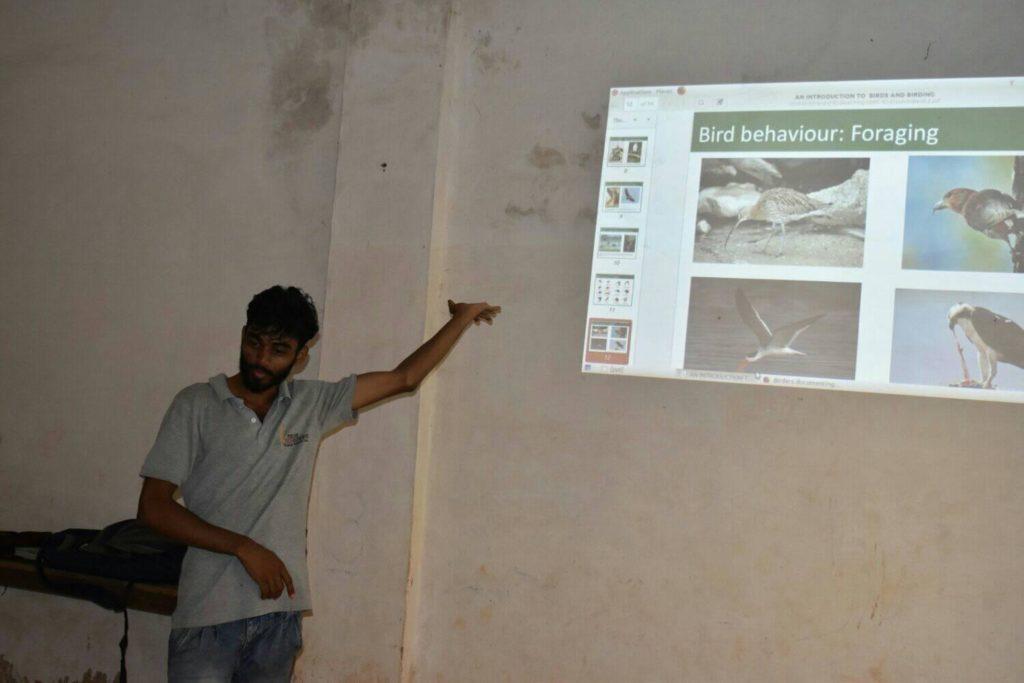
Why do you believe it is important for children to learn about birds or connect with nature?
Many youngsters today have lost their connection to nature. In my opinion, children are the world’s strongest and most powerful stronghold. Children pick up information more quickly, have stronger observational skills, and ask a range of questions, some of which might be challenging to respond to. I believe spending time with kids is really fun and enjoyable. They have more time to learn things neatly so that the aim of conservation can be achieved. They will be the next generation and definitely many of them will help working with nature education, citizen science and conservation as they grow older. Probably older generation brains are difficult to train as compared to children and nature education in educational institutions can be done easily as part of their studies or field activities.
I also believe several children that would excel in a variety of wildlife-related disciplines, and nurturing those individuals can help them pursue careers in the wildlife will help a lot in conservation. Birdwatchers are one among the largest communities and have a well connected network. Thanks to all the networking people. This will help children to interact with people from all over the world since it provides a wide range of opportunities. Given that bird watchers come from different backgrounds, it provides a great opportunity for children to interact and discuss topics more than just birds and learn several skills out of it.
What tools or resources have helped you in teaching about birds? Can you describe an approach that has worked exceptionally well for you?
A lot of effort needs to be put towards communication with the community. Showing up for each event as promised and working towards development of interpersonal relations matters the most. Besides that, making the activities fun while being sensitive about the cultural and regional surroundings and letting children talk while patiently listening to them is something that has worked the best for me. I have realized that children need an outlet and once they have a platform to talk and discuss what they observe they truly flourish. I used these following tools as an ice breaker to start these conversations including powerpoints within the classrooms, field trips to explore, backyard surveys to engage both children and community, bird counts in schools, and various materials from Early Bird.
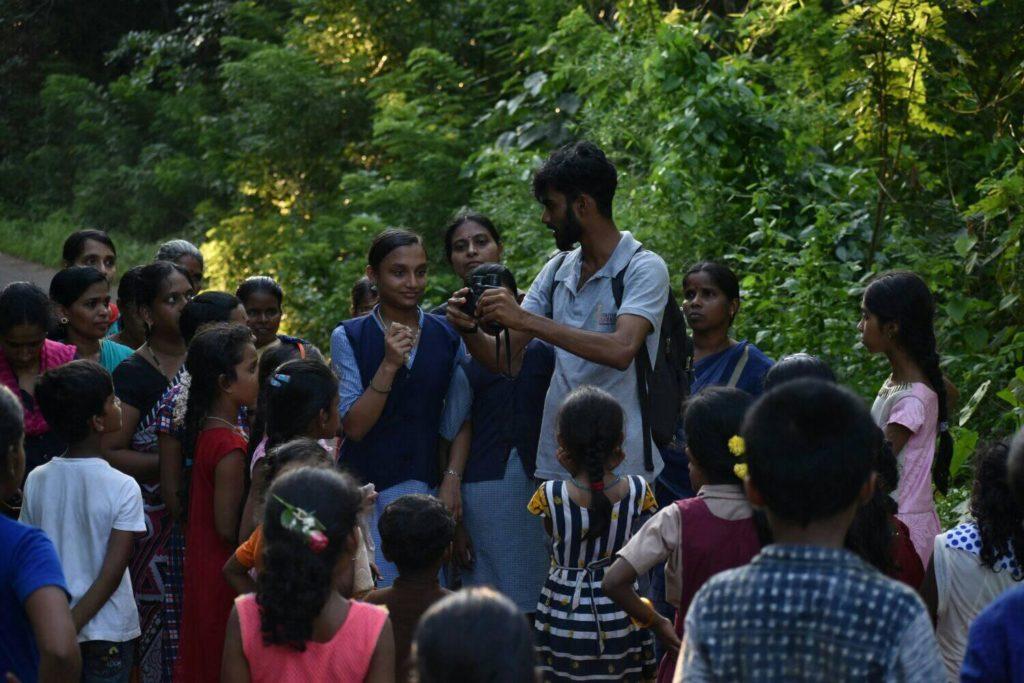
Have you encountered a significant challenge as a bird/nature educator, how did you overcome it?
Our healthy bodies, eyes, and hearing are the most important tools required for going outside and taking in and listening to nature. So lack of tools like field guides, binoculars were less affected in the beginning but eventually became challenging. Managing our time to do nature education is always challenging since we do this just out of our personal interest. I had a really great time doing nature education during my educational years but not after that. Long talks on one subject are uninteresting. In such a situation, we need a variety of subjects and tools like art, music, story-telling, and binoculars to keep kids engaged and happy. This consumes a lot of energy, time, money etc.
To begin with minimal resources, particularly a laptop to make all the ppt and other contents, was my biggest obstacle. I made the best use of all of the instruments at my disposal, including my mobile device. But this problem was eventually resolved thanks to supportive people who were willing to provide me with a variety of resources.
Do share any memorable moment or experience you have had in teaching kids about birds/nature. Can you recall any insightful instance that shaped your perspective?
I really love being with kids because it’s fun and enjoyable. When we are serious with nature education we are sure about getting bored by our activities. So I try to activate them with what they like including singing, dancing, story telling, experience sharing which also provides great opportunities to overcome stage fear and build skills including communication and leadership. Definitely the experience with children is amazing but now I can’t really think of any memorable moments. We have conducted very long duration camps like two days where we get a really great time chatting with kids and also learning a lot from them.
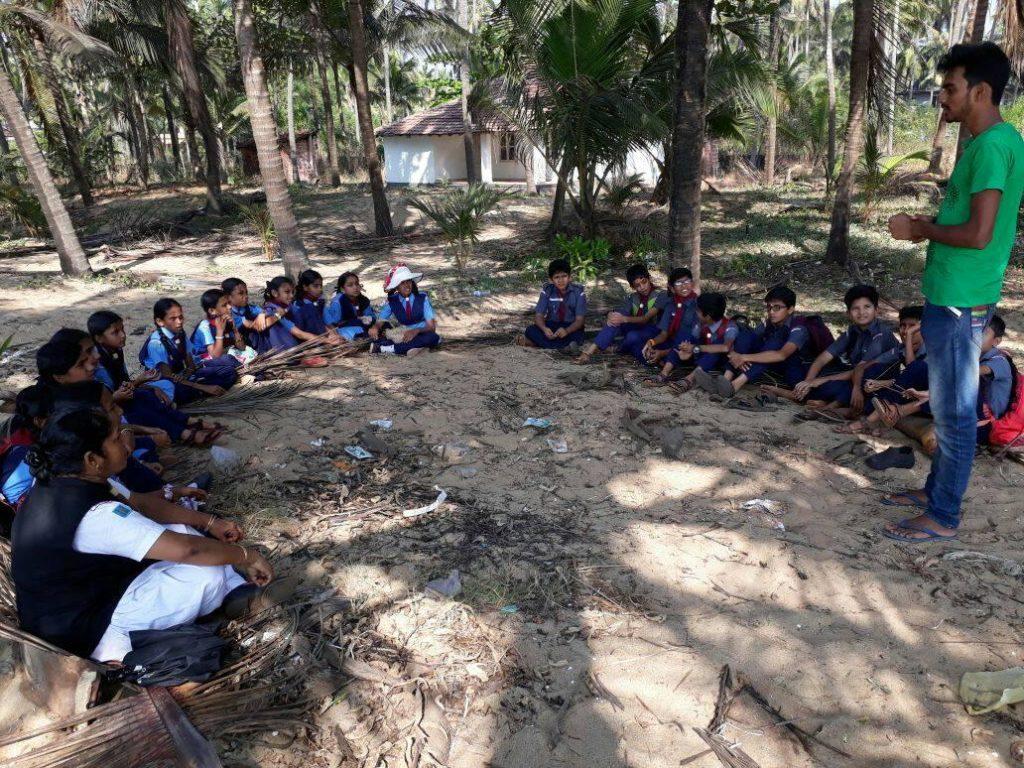
Have you noticed any changes in your learners after they received exposure to birds and nature-based learning? If yes, what are they? If not, why do you think that is?
From disturbing the wildlife to saving it is the biggest change seen in many children and communities. Nature education helped in bridging a gap between various communities and stakeholders who take leadership in conservation in the locale. Many children now show birds to their elders and watch birds in their backyards. They are now part of larger community groups, citizen science portals, and have become active in knowledge sharing, engaging with stakeholders, and conducting their own initiatives.
Renaming a road to Orange-breasted green pigeon road and banning of a mining quarry in Kidoor village, rejuvenation of several natural ponds in lateritic areas of north Kasaragod are examples of this community building.
In a few children I have seen the improvement in skills like identification of different taxa, writing skills, designing, planning programmes, etc. My intention of nature education is not just come and learn about a few birds or trees or any taxa, it is also more about knowing each other better, knowing their skills and helping them, establishing a greater connection with children and their parents.
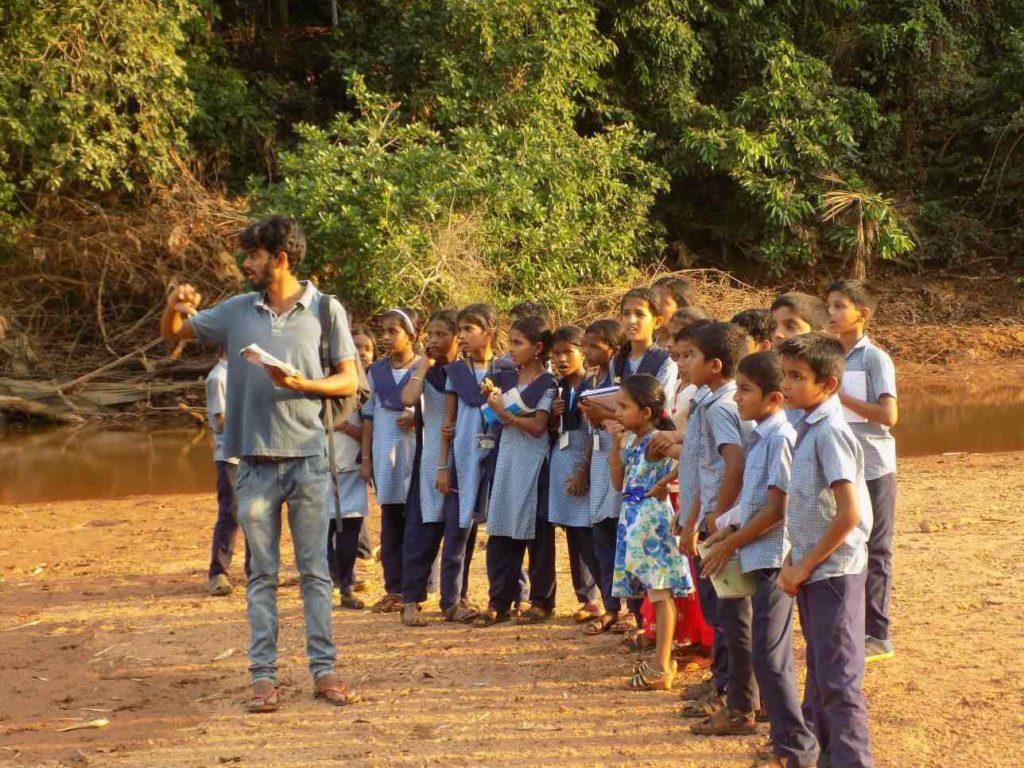
What message would you have for your fellow educators, or somebody starting out in their nature education journey?
Everyone likes to hear wow or surprising things, there are a lot of such things to explain in nature as well. First get kids/students/adults interested into our target subject and later slowly go ahead to discuss more on why conservation and what actions can be taken as a later step.
For those who do and want to start, I highly appreciate your effort and dedication. Everyone has their own ways of doing this job, please continue to do that and for any help and support one may contact the other educators. Better to connect with various nature educators, use available sources like Early Bird. Also, I am happy to see many women nature educators in the country.
It will be better to keep several other aspects too while teaching about just nature or wildlife. Don’t expect everyone to follow what you wish or what you’re doing. It is also important to involve kids and students with you on different occasions. It will be nice to build good connections with them and their parents and you could help mold them to become better in their life. If you find someone brilliant in various things, give them various chances, resources and help them to build their skills. If you don’t see any impact after nature education it means there are problems in the target community so it will be an opportunity to learn various things beyond your thoughts.

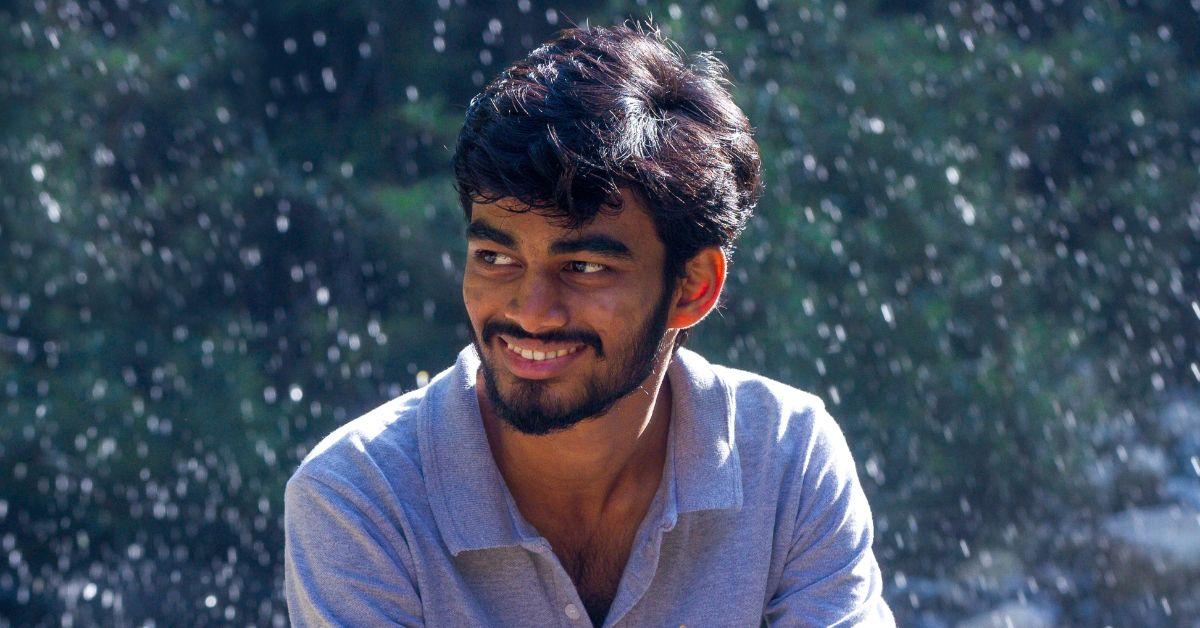
Beautifully explained by Maxim, I know him feom past 5 years, the way he educate the children is commendable, hats off for his effort and working towards the conservation of biodiversity.